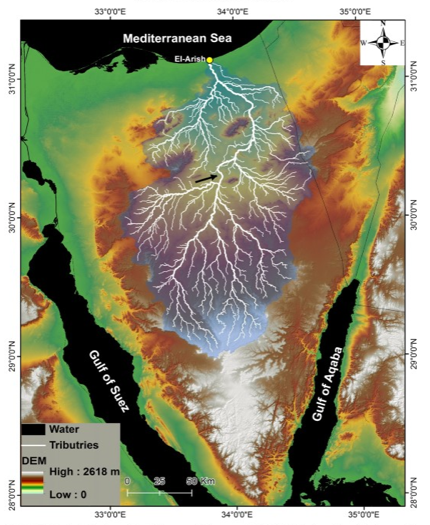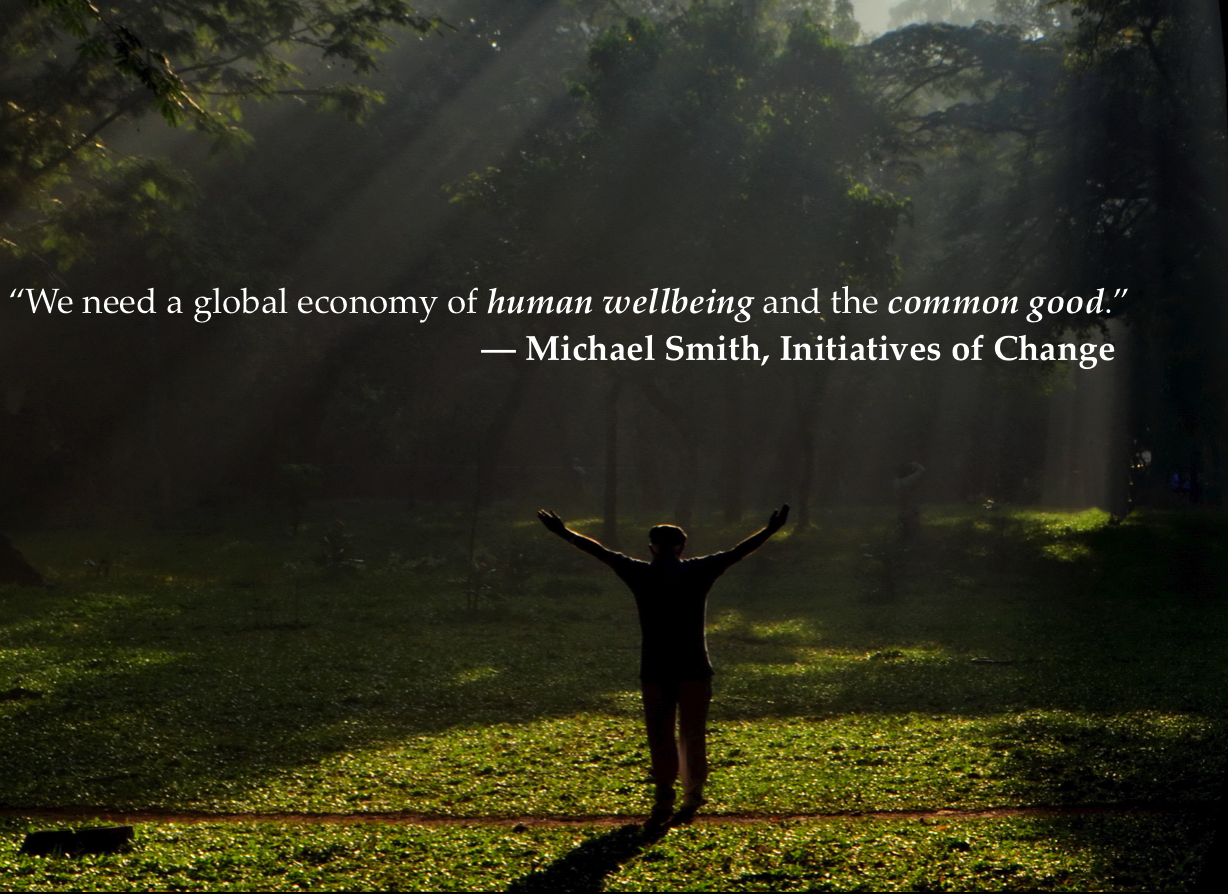A group based in the Netherlands, called The Weather Makers, are rolling out an ambitious plan to turn the Sinai desert green. Apart from stabilising weather in the region and possibly an even wider area, the initiative hopes to bring livelihoods to the area, reducing the risk of conflicts among the troubled people who live in the area. The project literally has biblical proportions as it is the site of what ancient scripts refer to as the land of milk and honey.
Writing in Kosmos journal, ecological restoration expert John D Liu explains that:

“Seen from space, the Sinai Peninsula looks like a beating heart, with arteries and veins flowing to nurture the body. Clues from geologic time, evolution, and human history are all etched on the exposed soils. If one knows how to read this landscape, it is possible to see that rivers flowed through the Sinai over vast evolutionary time. Even now, there are periodic flash floods when, because of the degraded landscape, rain that would nurture the land flows immediately into the sea.”
This heart waiting to beat was discovered by Weather Maker co-founder Matthias (Ties) van der Hoeven, along with Malik Boukebbous. Malik is well- known in Egypt as project manager for the giant Belgian dredging company DEME. They were looking into the possibility to dredge and restore Lake Bardawil in the Northern Sinai.
Lake Bardawil, on the northern coast of the Sinai Peninsula, was evolutionarily and historically an abundant 40-meter-deep aquatic nursery for the whole of the Mediterranean. Now with a depth of less than two meters, the water hyper-saline and much hotter, the lake is only a shadow of what it once was. Fishing communities living and working along the lake’s banks for as long as anyone can remember can no longer count on catching fish to feed their families or make a living. The fishermen and most everyone else in the Sinai essentially have no gainful employment. Without legitimate work for the people to do, the Northern Sinai has become a seriously dangerous place.
Looking at the sediment that collected in the Lake, Ties and Malik came to the conclusion that the sediment must have come from what once was a fertile region. They set about crafting a plan to dredge the lake and use the sediment to landscape the land near the lake, green it, and work upwards towards the mountains.
By setting up special fog nets in the mountains at 700m above sea level they believe they can harvest water that will start off reforestation that in turn will bring even more rain to the area.
Professor Millán explained to them that thermal updrafts caused by very high temperatures on de-vegetated landscapes drive moist air high into the atmosphere where it cannot rain, but instead becomes an even more serious greenhouse gas than CO2. As one looks closely, one begins to see how the Sinai de-vegetation over time led to the complete drying out and die-off of vegetation. The bare rocks create higher surface temperatures that caused an inversion in wind direction. These extremely high temperatures caused by human beings de-vegetating this specific region reversed the wind, which began to pull moisture-laden air to the south. If you play a scenario forward from 7000 years ago of a vacuum pulling moist air out of North Africa, the Middle East, and the Mediterranean, the end result is exactly what we have right now. It seems to me that what Ties and his team saw is very probably the cause of desertification in North Africa, the Middle East, and the Mediterranean.
John Liu points out that the ruins of once great civilizations give evidence that humans massively changed Earth systems in quite dangerous ways. Having undermined nature’s ability to provide, hunger and thirst drove people to violence and domination over each other in a desperate move to survive.
This is why the Sinai is so important: by undoing the mistakes of our forefathers we can start to chart a new course for humanity: one that truly achieves the Sustainable Development goals of eradicating poverty and hunger, taking care of the Earth and ushering in Peace. We may think that our ancestors, in removing too many trees were stupid. Nothing much has changed however, as in modern times we are still removing tree cover, releasing carbon dioxide of fossil origin, and changing eco-systems at a frightening rate. And we are still fighting: conflict areas are often those under stress from nature not being able to provide. And even developed civilisations have those who are going hungry whilst a small percentage live in wealth.
Sinai is a chance for us to come together, restore the landscape so that heart starts beating again, and at the same time discover how to fulfil our role as caretakers of the planet and includers of others. That would truly be an investment in peace.
LEARN MORE
See the video of how China restored a desert region in less than a decade, with many lessons learned.
Visit The Weather Makers Sinai site.
Read John. D. Lius article

